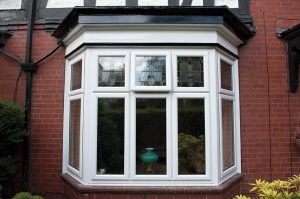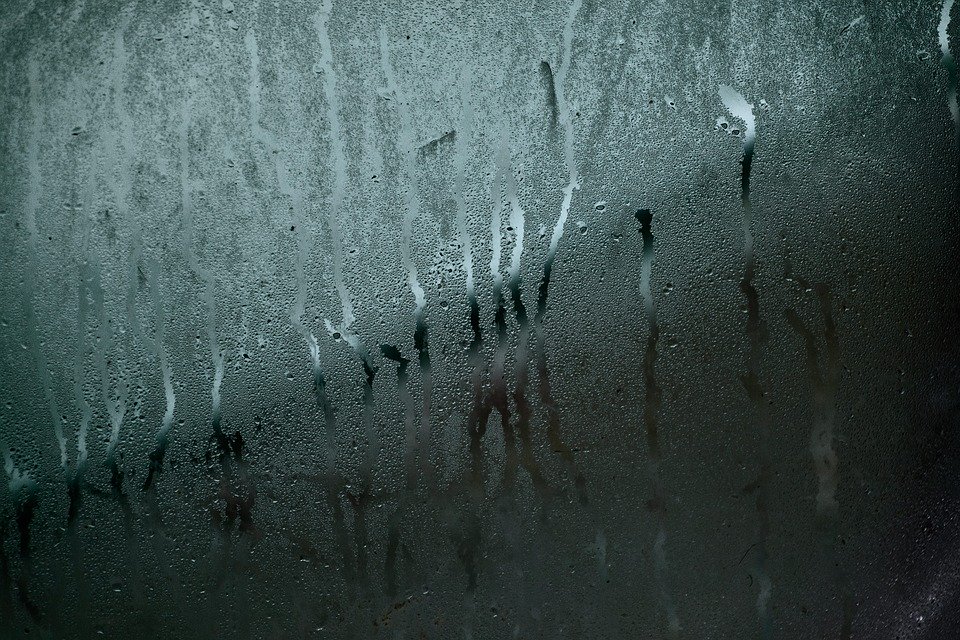Now that Summer has been-and-gone in a flash, the arrival of September marks a gradual transition into colder weather, but what can that mean for your windows? A cold wave or ‘cold snap’ occurs when air has begun to cool due to a fall in temperature within a short time period, and that can mean your windows will begin to experience frequent condensation.
What is condensation?
Condensation is the process of gas becoming a liquid, and it happens frequently when moisture-heavy, warm air comes into contact with a cool surface. If you have ever looked at a window and noticed a misty, almost fog-like effect obstructing your view, you were probably looking at the effect of condensation.
There are 3 types of condensation, external condensation on the exterior side of a home, internal condensation on the side of the home’s interior, and condensation within the window itself. Poorly sealed windows are especially vulnerable to condensation within the window because the warm air has an easier time of getting between the panes of glass.
What makes a window thermally efficient?
The thermal efficiency of your windows can make an impact with regard to condensation. Single-glazed windows are more prone to condensation because they are much colder than double or triple-glazed windows, therefore attracting condensation. Double glazing makes your windows more thermally efficient by adding an extra pane of glass with an inert gas between them, and triple glazing improves upon this further by adding yet another pane.
It is worth noting that just because your windows are thermally efficient it does not necessarily mean they will avoid having condensation on the outside, in fact, condensation on the outside of a window is a sign that your windows are very thermally efficient. Condensation is only a real problem when it begins to appear between the panes of a window.
How to prevent internal condensation on a window – room ventilation
 Whilst you’re less likely to attract internal condensation with double-glazed windows, you can still experience it due to poor ventilation within a room. Ventilation control is probably the most important aspect when it comes to avoiding window condensation. There are a number of ways you can ventilate a room to reduce the moisture in the air, including:
Whilst you’re less likely to attract internal condensation with double-glazed windows, you can still experience it due to poor ventilation within a room. Ventilation control is probably the most important aspect when it comes to avoiding window condensation. There are a number of ways you can ventilate a room to reduce the moisture in the air, including:
* Opening windows for a bit to increase airflow
* Utilise trickle vents on windows
* Avoid drying clothes inside your home
* Ensure devices like tumble dryers and washing machines are vented properly
Preventing window condensation by lowering humidity
Another way to reduce the chances of condensation forming is by lowering the level of humidity within a home. There are a number of ways to do this, including:
* Have extractor fans installed in rooms such as bathrooms or kitchens
* Ensure you’re using saucepan lids when cooking
* Invest in dehumidifiers to remove excess moisture from the air
Fixing condensation in between the glazing of a window
The only ways to get rid of condensation that appears between the panes of glass within a window is to either repair or replace the window itself. As mentioned earlier, when condensation begins to manifest in this way it’s likely because the sealant between the panes has failed, or the window was never installed properly in the first place.
Professionally installed glazed windows from Dream Installations
 If you’re tired of dealing with condensation within a window or you’re worried about what might happen to your current windows in the winter months to come, then take action now by having new windows installed by Dream Installations. We’ve been delivering exceptional double-glazing products to homes in Norfolk and Suffolk since 2003, with some of our staff having 30 years’ experience within the industry.
If you’re tired of dealing with condensation within a window or you’re worried about what might happen to your current windows in the winter months to come, then take action now by having new windows installed by Dream Installations. We’ve been delivering exceptional double-glazing products to homes in Norfolk and Suffolk since 2003, with some of our staff having 30 years’ experience within the industry.
In addition to double glazed windows and triple glazed windows, we also install doors, conservatories, and more, so don’t hesitate to get in touch or get a quote today!












